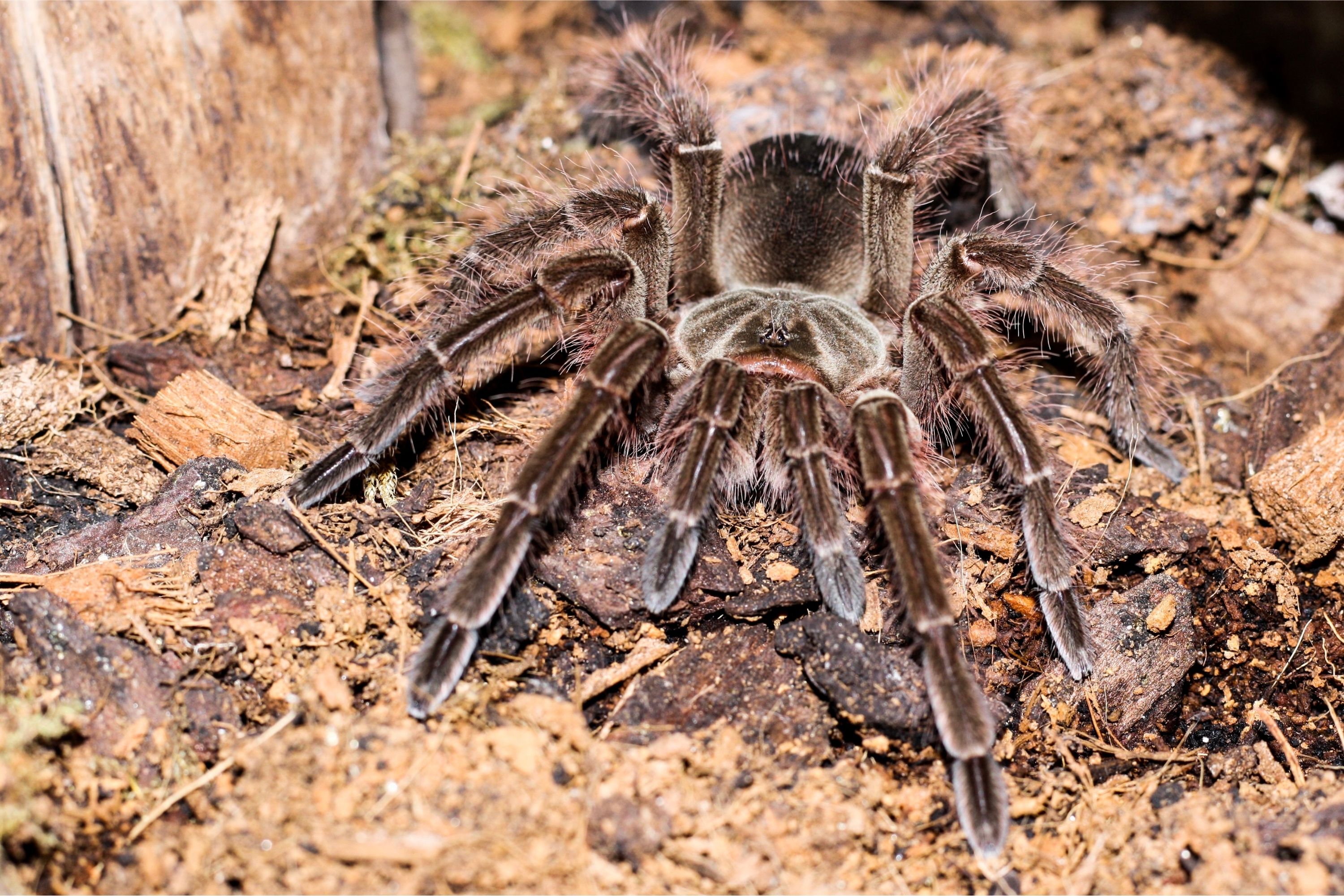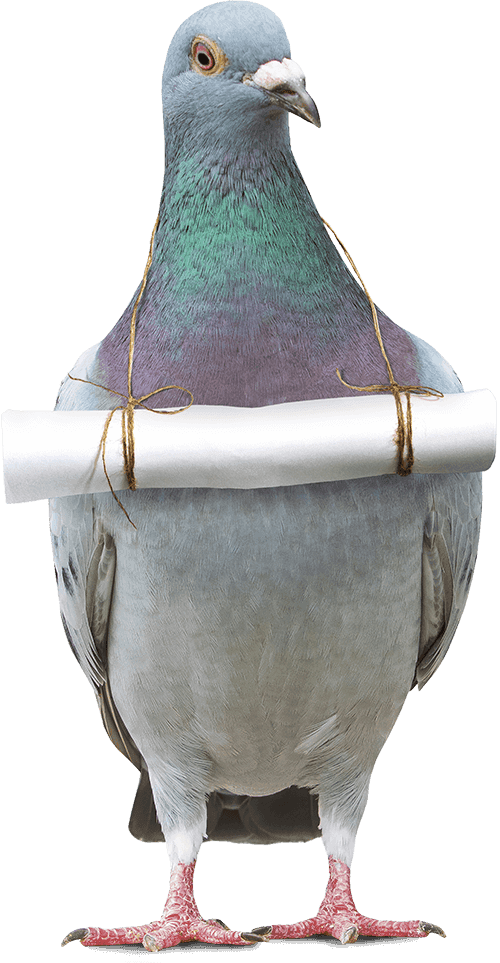Goliath birdeater
(Theraphosa blondi)

Description
Theraphosa blondi belongs to the tarantula family Theraphosidae. Found in northern South America, it is the largest spider in the world by mass – 175 g (6.2 oz) – and body length – up to 13 cm (5.1 in) – but it is second to the giant huntsman spider by leg span. It is also called the Goliath bird-eating spider; the practice of calling theraphosids "bird-eating" derives from an early 18th-century copper engraving by Maria Sibylla Merian that shows one eating a hummingbird. Despite the spider's name, it rarely preys on birds. These spiders can have a leg span up to 30 cm (12 in), a body length of up to 13 cm (5.1 in) and can weigh up to 175 g (6.2 oz). Birdeaters are one of the few tarantula species that lack tibial spurs, located on the first pair of legs of most adult males. They are mostly tan to light brown and golden-hued. The Goliath birdeater is native to the upland rain forest regions of northern South America: Suriname, Guyana, French Guiana, northern Brazil, and southern Venezuela. Most noticeable in the Amazon rainforest, the spider is terrestrial, living in deep burrows, and is found commonly in marshy or swampy areas. It is a nocturnal species.
Taxonomic tree:







